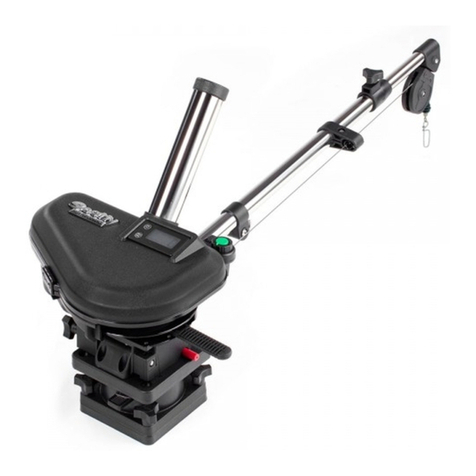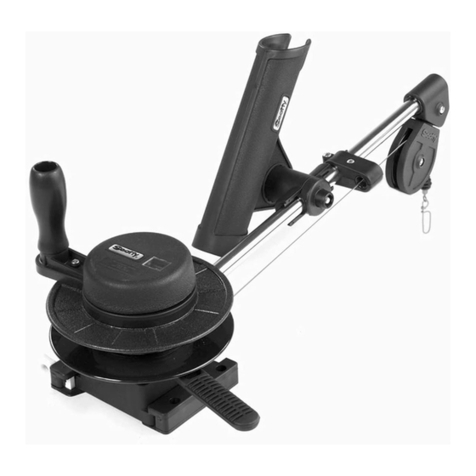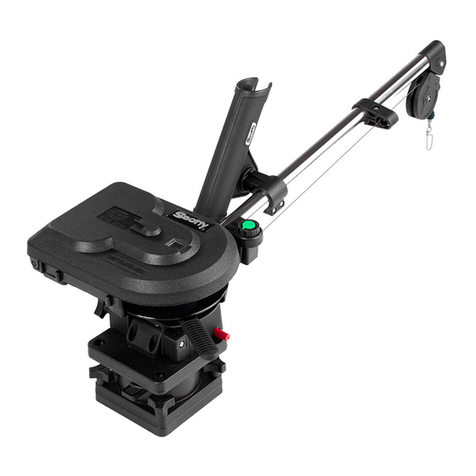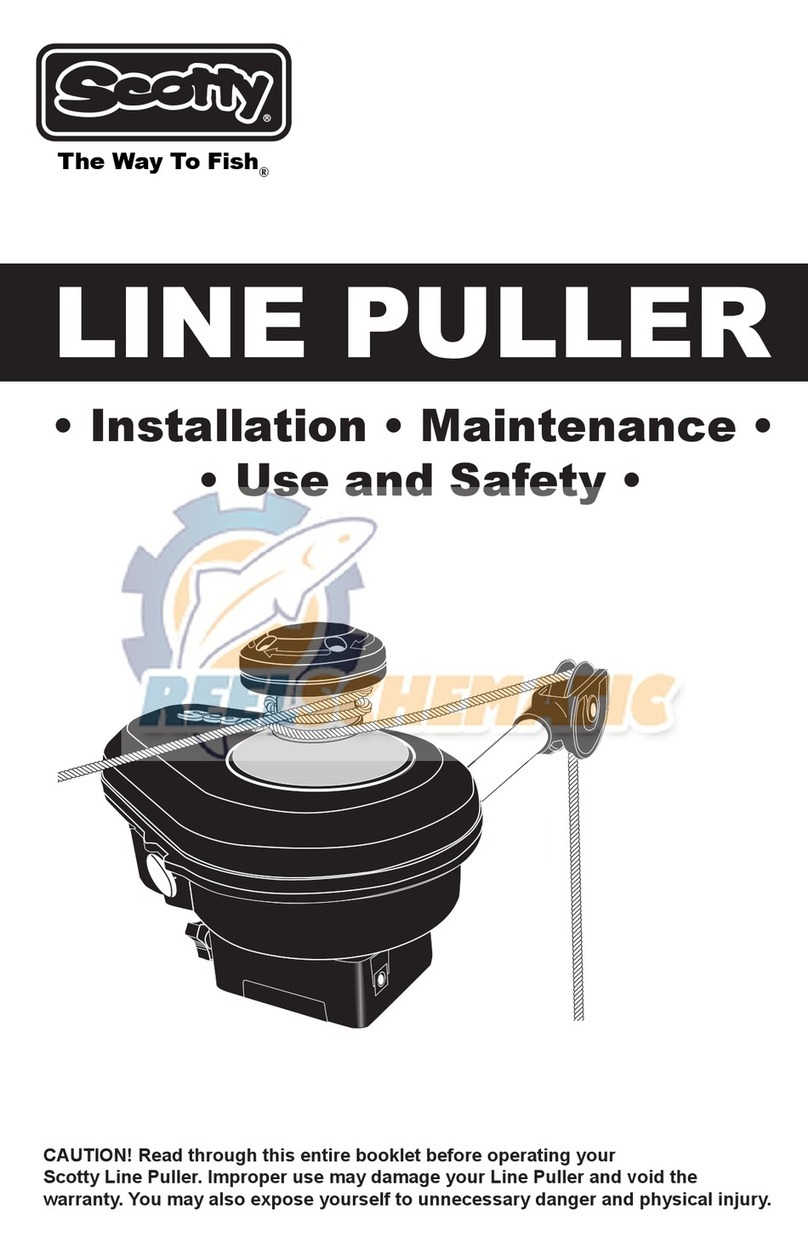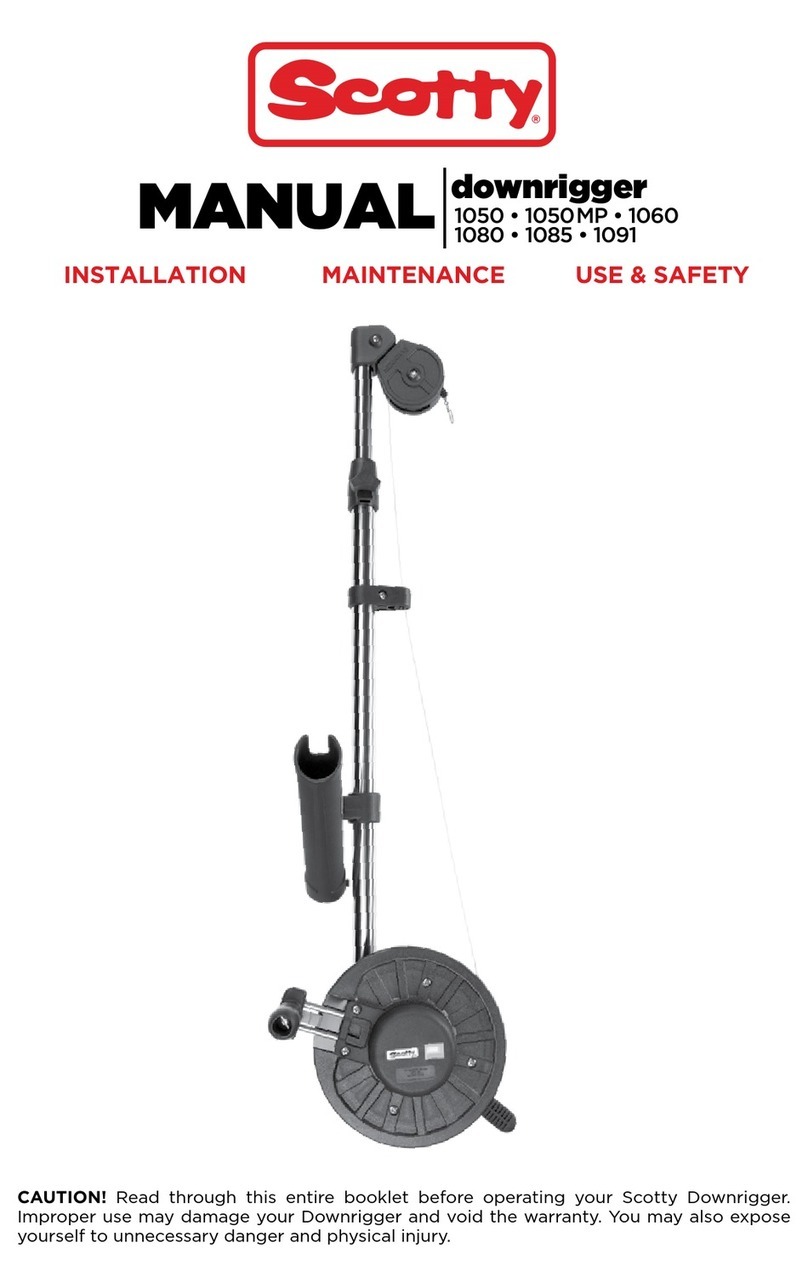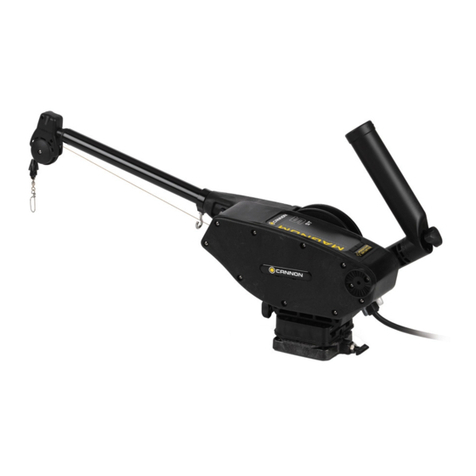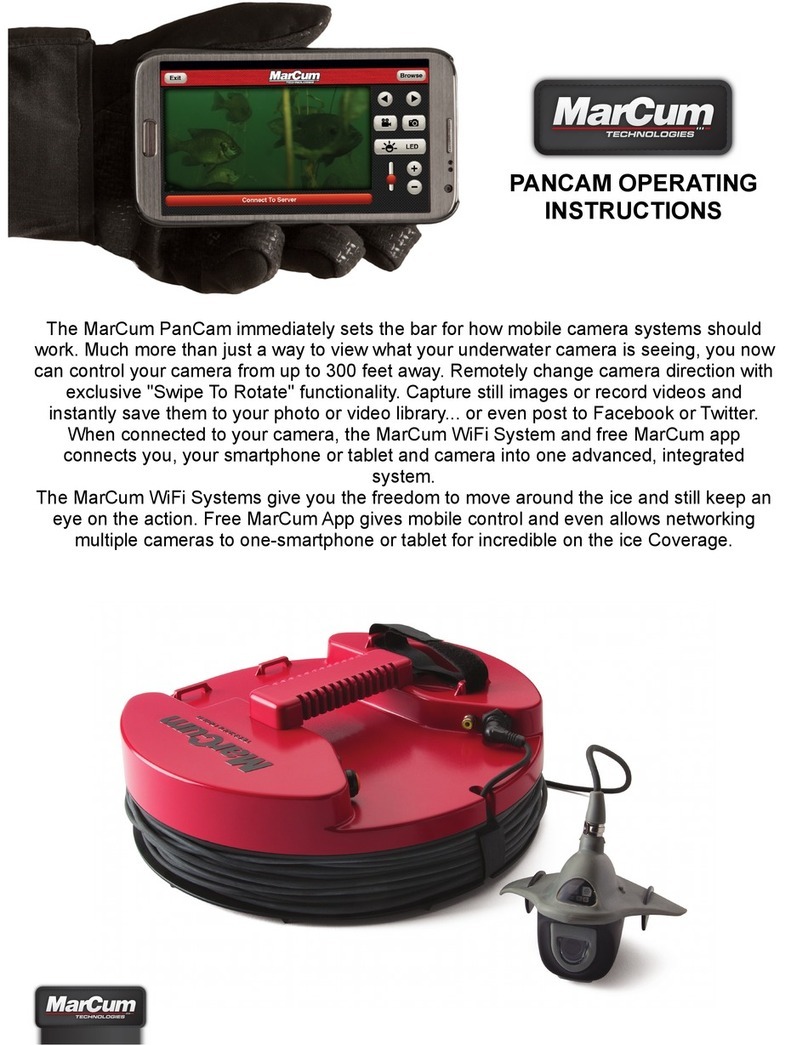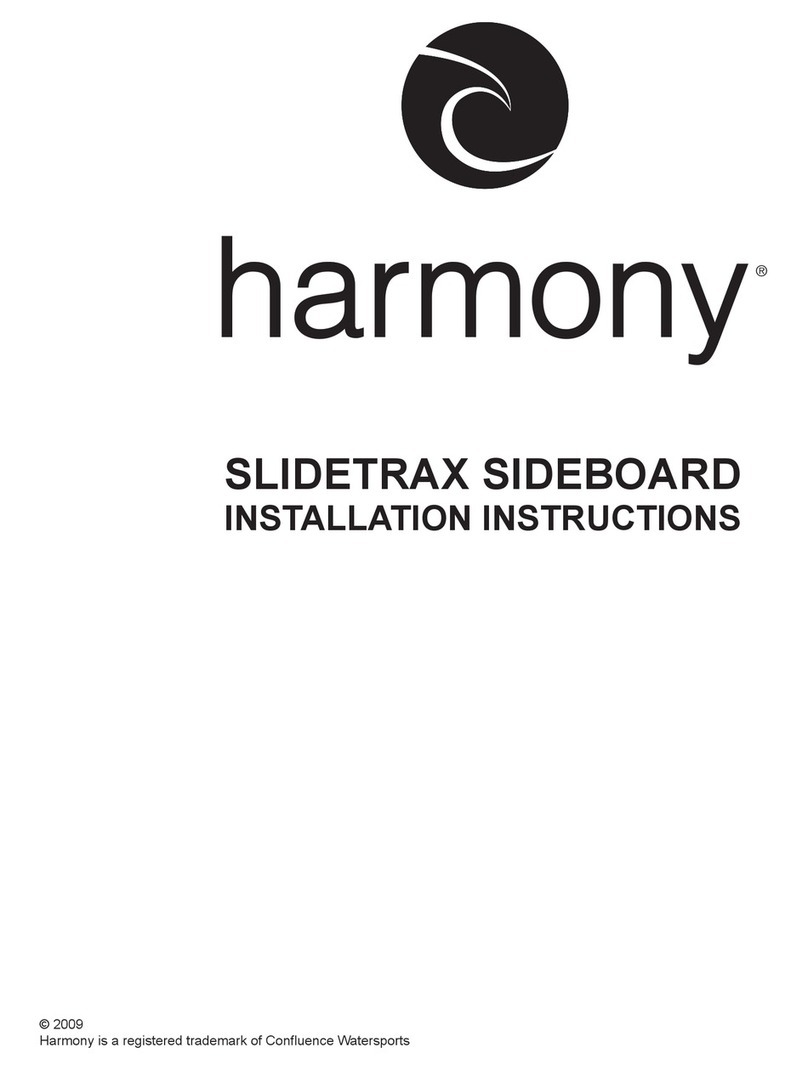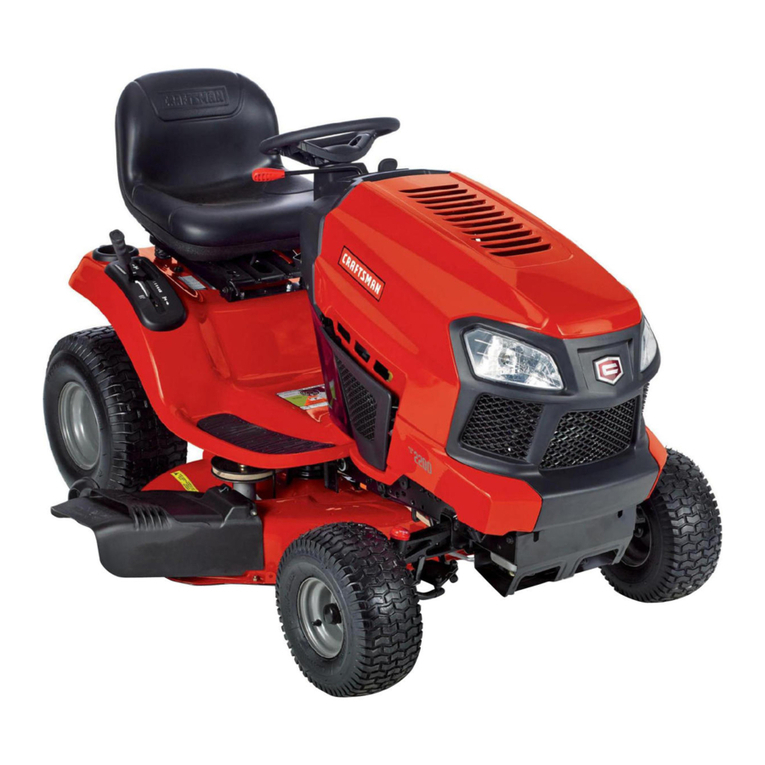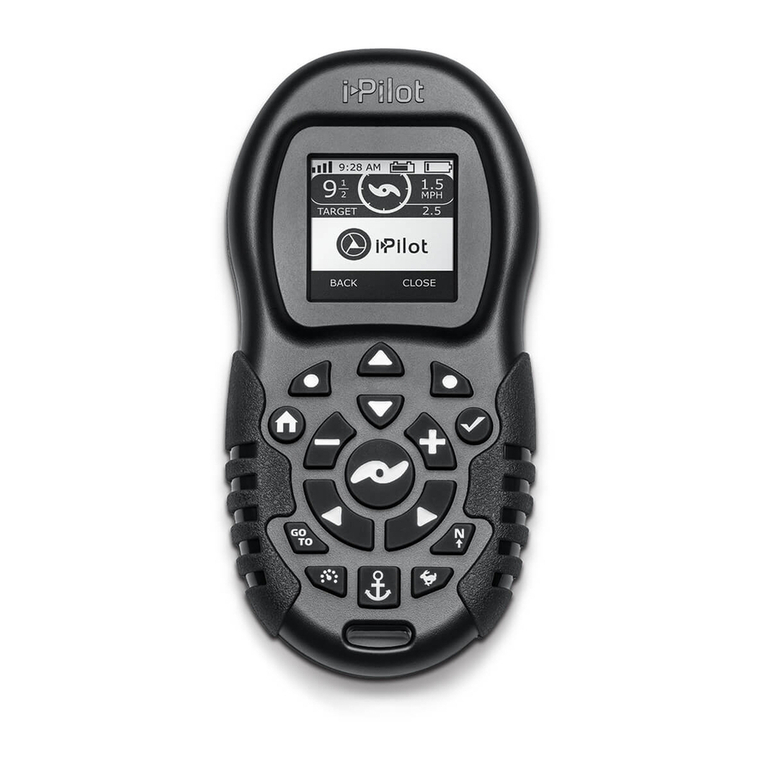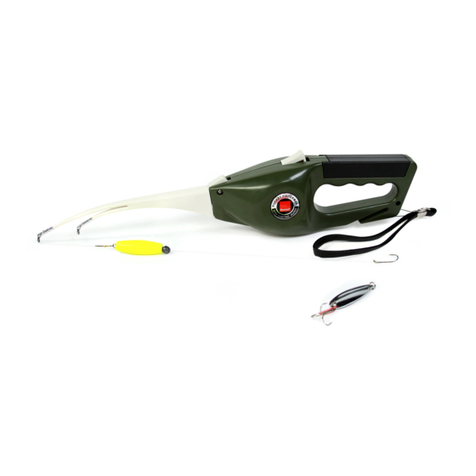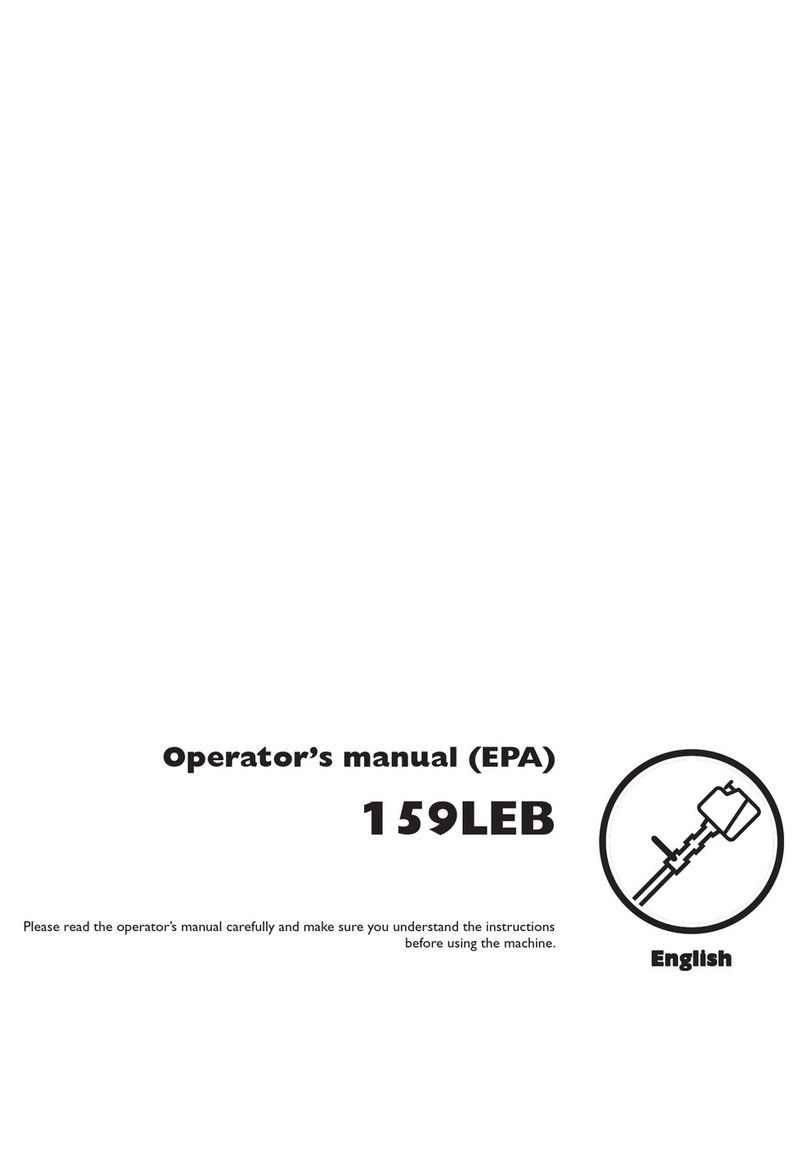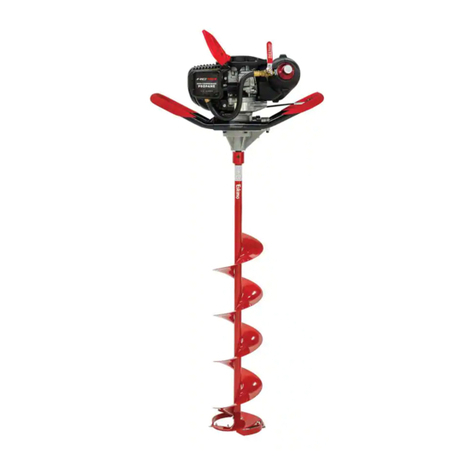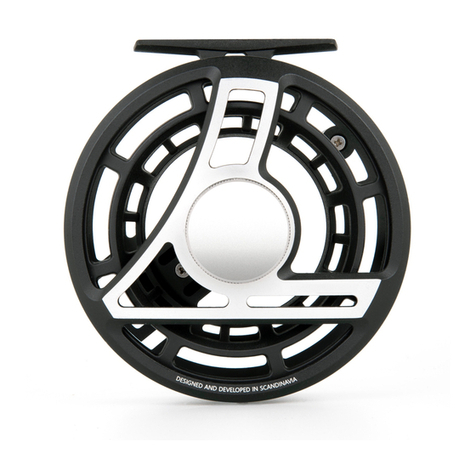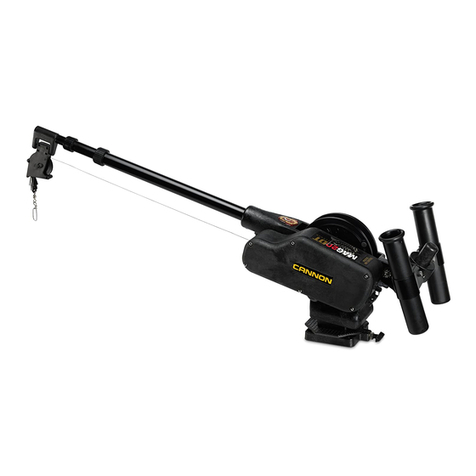Scotty BLACK BOX User manual

FISHING, MARINE &
OUTDOOR PRODUCTS
BLACK BOXBLACK BOX
"Positive Voltage Control""Positive Voltage Control"

The Scotty Black Box - How & Why
There has been much research into the
concept of using electricity to catch fish.
Commercial fishing vessels have been
using Black Box technology for years and
now recreational fishermen are
tapping into this resource. The
Black Box has proven to be very
effective in trolling, mooching,
jigging and more. The purpose of
this publication is to explain why.
Fish & Electricity
Russian scientists first discovered
that bony and cartilaginous fish
respond to the presence of
electricity in the water. Many species use electric signals to communicate, some
repel predators with it and others use electricity to navigate. Salmon, among
others, are attracted to a positive charge and repelled by a negative charge. By
maintaining a steady and appropriate positive charge on your downrigger wire, it
is possible to attract fish and keep them interested in your lures. The Black Box
does this in both salt and fresh water.
Electrolysis
To understand the Black Box, one must first understand the principle of
electrolysis. This process is also known as galvanic action. Metals are ranked
according to how strongly they react with other metals. The lower they are on the
galvanic scale (or the less "noble") the more strongly they react. When dissimilar
metals are placed in an electrolytic solution, electricity flows between them
(basically: a battery) and corrosion occurs. The difference in nobility, or ranking,
of metals determines how much electricity will be generated. Zinc, which is very
low in nobility, is used in sacrificial anodes on boats to prevent corrosion of metal
parts because it will corrode long before other metals.
The Black Box
The electricity generated in electrolysis puts a natural charge on your vessel.
When using a downrigger, the reaction between your wire and your zinc anodes
will normally generate about .8 volts (in saltwater). This positive charge on your
downrigger wire has been known to attract fish. However, fish are extremely
sensitive to changes in this charge. The Black Box is designed to regulate and
monitor that charge through a metal contact sleeve over the downrigger wire. It
also has a pulse mode which can be used to trigger strikes during slow times.
Electrons flow from the boat metals, typically the less noble zincs,
across the electrolytic solution (fresh or saltwater) to the downrigger
cable. They then migrate into the Black Box drawn by the red battery
post (anode). The black post (cathode) donates electrons to power
the Black Box and is connected by a bonding wire to all metal parts
in contact with the electrolytic solution.
Page 1
No. 1201
Black Box
20 foot Load
Line &
Connector
Sleeve

The downrigger cable maintains a
fish-attracting positive electric
potential because the Black Box
draws electrons from the downrigger
line faster than electrons are donated
through the water from boat metals.
D.C.Reid, BC Outdoors Sport Fishing, June-
August 2002.
The charge from the zinc to the downrigger line runs
negative to positive because stainless steel attracts
and sheds electrons faster than water can transmit them
from the boat's zinc. This creates a relative absence of
electrons, or relative positive charge around the downrigger
line. A sleeve over the downrigger wire is connected to a wire
which runs to the Black Box. By altering the rate at which electrons
are transmitted from the surface of the downrigger line to the Box, the
Black Box modifies the charge around the entire length of the cable. The circuit
is completed as electricity is attracted by the positive or red battery terminal,
passes through the battery to the negative post whereupon one lead powers the
black box and the other connects through the bonding wire to the engine or
outdrive. At this point, the circle begins again with the electrons being attracted
back toward the downrigger line.
The Black Box is most effective when connected to all the downriggers on the
boat, providing a uniform positive charge around the hull. Up to 6 downriggers
can be connected to one Black Box. A short drop back leader length is
recommended in order to keep the lure within the electric field. Longer drop back
leader lengths tend to put the lure into the weaker part of the field. Leaders of
10-20 feet work well. Depth can also alter the effectiveness of the Black Box.
You may need to increase the charge slightly on your Black Box to compensate
for deeper fishing (100' or more). Do not forget to turn it back down when fishing
nearer the surface. The Black Box is also very effective when drift fishing, as fish
have longer to react to the positive voltage effect and it can attract fish from as
much as 300 feet away. The Black Box has also been used successfully for ice
fishing. A Black Box is effective on all types of boat hull, provided it is properly
bonded and equipped with zinc anodes. Aluminum hulls actually act as the
negative side of the electrolysis circuit, creating a wider electric field and
attracting fish from a broader area. Some vessels may be so well bonded that
the natural electrolysis is ideal. These boats may not benefit from the use of a
Black Box. A Black Box draws very little power (about .1 amp at full load). It has
no effect on other electronics on board.
Natural Electrolysis
"Natural" electrolysis occurs on most boats even without a Black Box. There are
several factors which will affect your boat's electrical condition. Your downrigger
spool and wire line should be insulated from the boat hull in order to allow natural
electrolysis to occur. All models of Scotty downriggers are fully insulated.· The
sacrificial zinc anodes on your boat should not be more than 50% dissolved.
They should be clean and unpainted. If you trailer your boat often, you should
Page 2

scrub your zincs with plastic scrubber or
stainless steel brush to remove the film which
develops. This film will reduce the
effectiveness of your zincs drastically.
!Do not use a brush or scrubber made of
any other metal as it will contaminate your zincs.
!Your downrigger weights should be pure lead, as impurities can produce a
negative charge.
!Use a nylon snap to connect the downrigger cable to the downrigger weight
or use a short piece of monofilament to insulate the weight from the wire.
This breaks a harmful elelctrolysis field which might occur.
!Replace your downrigger cable at least every 2 years if it has been used
often in saltwater, as the galvanic action will etch it over time.
!Do not use zincs on your downrigger wire. This may cause a negative
voltage zone to occur.
Controlling Electrolysis
It is important to guard against the effects of electrolysis on your boat. Careful
testing of your boats electrolysis condition will prevent corrosion damage and
perhaps enhance your fishing results. Ideally, your boat should be set up so that
the corrosion is controlled and dissipated in the sacrificial anodes. It is
recommended to measure the levels of electrolysis around your boat to ensure
proper protection. Here's how: Inspect the inside your hull. Look for a copper
bonding wire running along the bottom of the hull, connecting all the underwater
metal fittings-engine, fuel tanks, thru hulls, etc. Check that this wire is unbroken
and has clean, tight connections. Check the connections with a voltmeter, by
touching the positive lead to the fitting and the negative lead to the bonding wire.
The meter should show a reading of .010 volts.
Aluminum boats with an outboard should be properly electrically grounded to the
metal hull or bonding strap. An electric start outboard should also be grounded
(connect the negative terminal of the battery to the boat hull). Also test for
continuity to the boat hull or bonding strap as well as the outboard motor. A #10
bonding wire should be installed from the negative terminal to the hull and to the
outboard if there is no continuity. With the boat in the water, lower a downrigger
wire into the water a few feet. Do this away from marinas or docks to avoid stray
electrical currents. Now test the voltage on your downrigger wire. With your
downrigger weight and wire in the water, turn off everything electrical on your
boat. Turn the master connect battery switches off. Connect the negative lead
from your volt meter to the negative battery terminal, the engine or to one of the
bonded metal fittings on the hull. Connect the positive lead to your downrigger
wire near the spool or along the arm. You should get a natural electrolysis
reading of between .7 and .9 volts. If your reading is much outside this range,
you have a problem. Turn
each of the boat's electrical
systems on one at a time,
starting with the battery
switches, then the bilge
pump, engine and than each
of the other electrical devices.
If your natural electrolysis
voltage reading changes by
Fuel Tank
Bonding Wire
Water Intake
Rudder & Prop
Fuel Tank
Engine
Battery
Page 3

more than .05 volts you have an electrical leakage problem or a problem in the
negative battery circuit. If you have electric downriggers, be sure to turn them on
as part of your checkout. To test them, you will have to lower them deeper and
then hold your positive lead against the moving wire as it rewinds.
Base Readings: If your electrolysis reading is too low (.1 to .5 volts), your zincs
may need cleaning or replacing, or your boat may not have enough zinc. You
should also check the bonding connections for improper bonding.
If your reading is zero or negative, your downrigger may not be insulated from
the hull, your zincs may need cleaning or replacing, there may be electrical
leakage from a positive connection somewhere, or your hull may not be properly
bonded.
If your reading is too high (over 1 volt), your downrigger may not be insulated
from the hull or your downrigger wire may have been replaced with something
other than stainless steel (ie monel)
Installing Your Black Box
Your Black Box should be mounted in a dry location, as it is water resisitant but
not waterproof. You can mount it either a vertical or horizontal surface and can
Red
(Positive)
AGC 3 amp
Fuse
12 Volt Source
Quick Disconnect Plug
White Load Line, 20 ft.
Black
(Negative)
White
(Load Line)
Quick
Disconnect
Plug
Distribution
Post
Metal Contact
Sleeve
Mount the Distribution Post near the
location for the Black Box. Connect
the 20 foot long White Load Line.
Page 4
Other Scotty Fishing Equipment manuals
Popular Fishing Equipment manuals by other brands
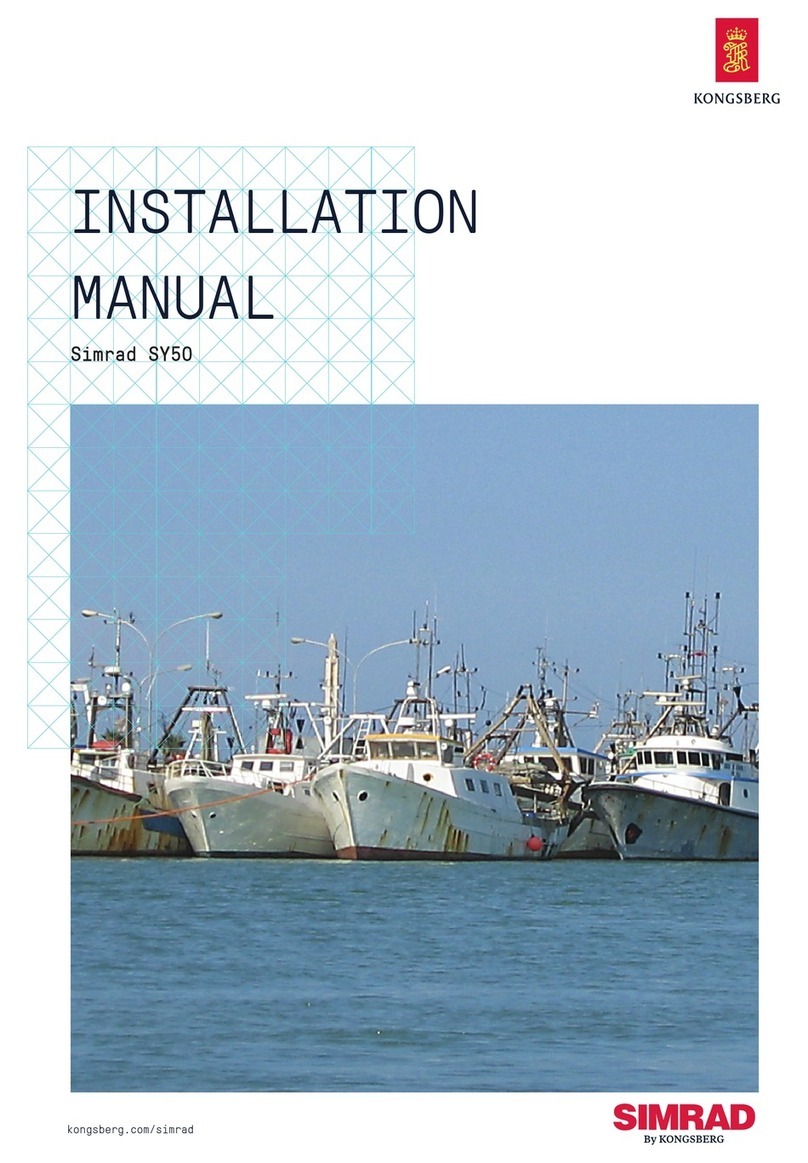
Kongsberg
Kongsberg Simrad SY50 installation manual
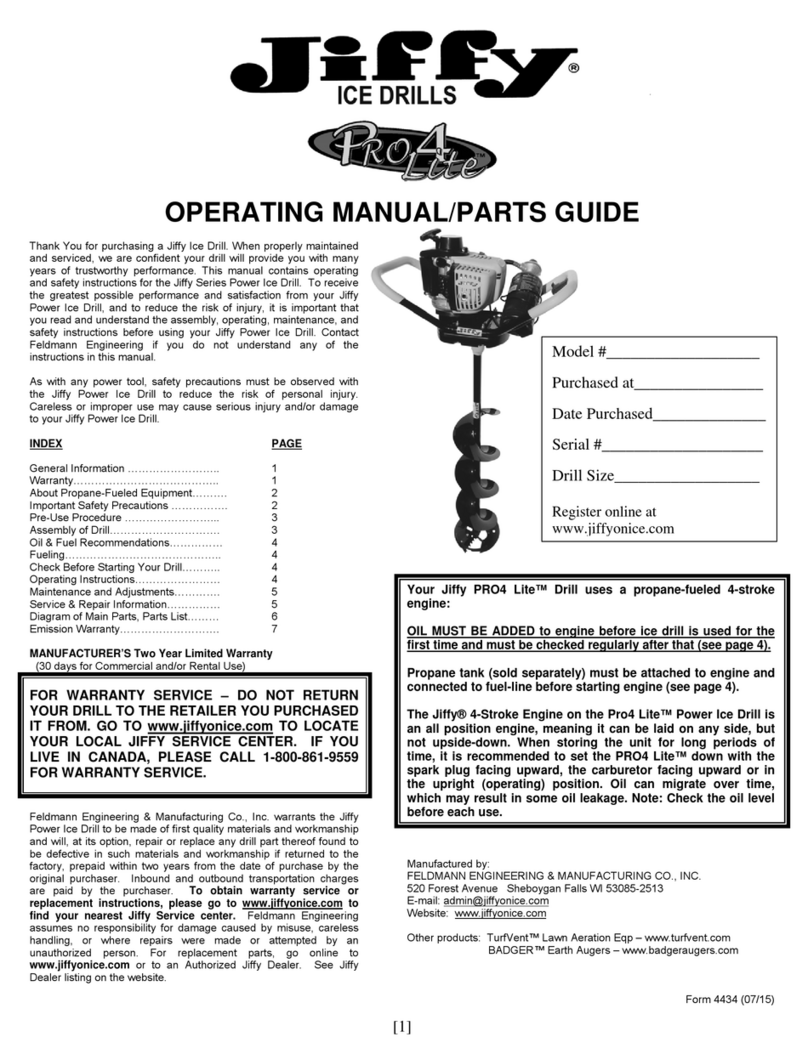
Jiffy
Jiffy Pro4 Lite Operating manual/parts guide

Fishmaster
Fishmaster Pro Series Installation instructions and owner's manual
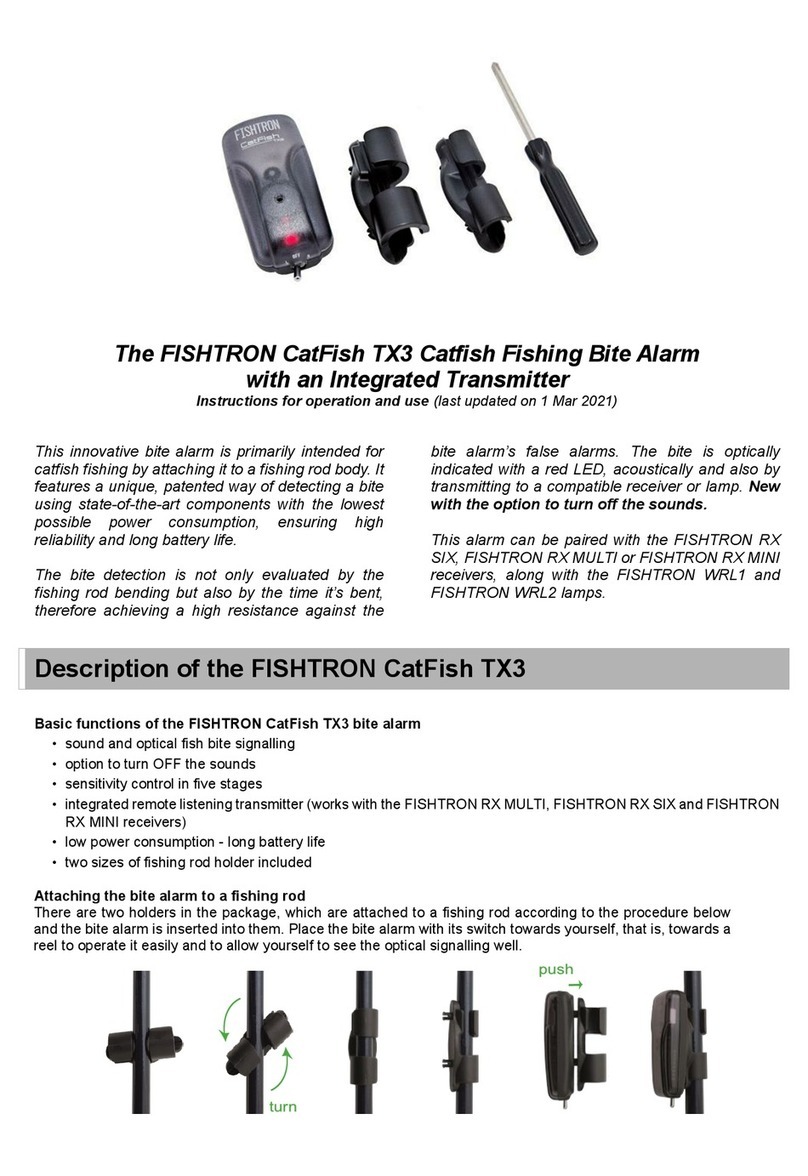
FLAJZAR
FLAJZAR FISHTRON CatFish TX3 Instructions for operation and use

Milwaukee
Milwaukee 2873-20 Operator's manual
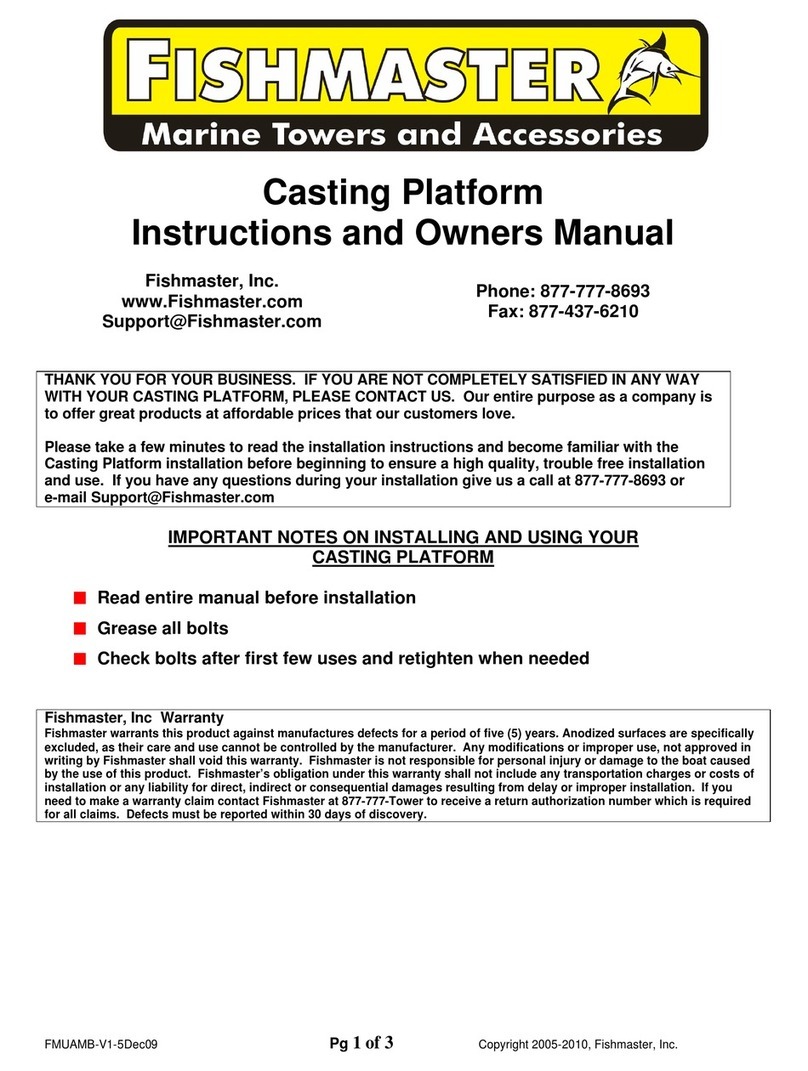
Fishmaster
Fishmaster Casting Platform Instructions and owner's manual
